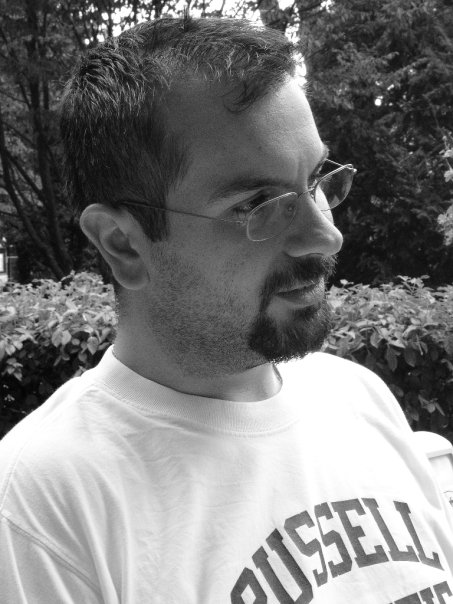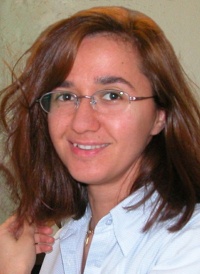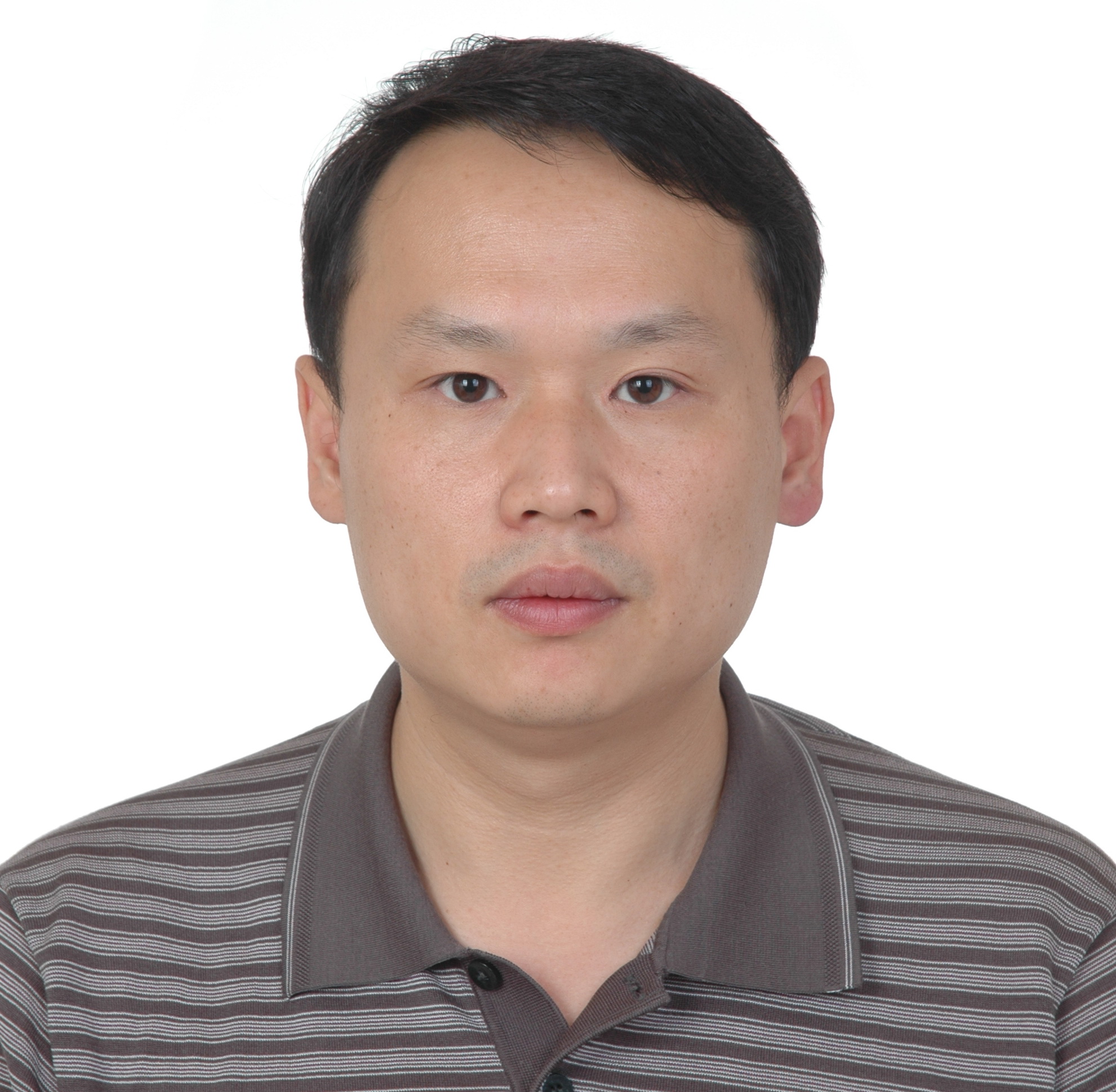 |
Speaker:
Victor C.M. Leung, Dept. of Electrical and Computer Engineering, University of British Columbia, Vancouver, Canada
Abstract:
Recent advances in wireless communication technologies are making it possible for automobiles to be integrated into the global network. Intelligent Transportation Systems with vehicles in the loop are expected to significantly improve road safety, reduce traffic congestion and cut greenhouse gas emissions. This is made possible in the USA by Dedicated Short Range Communications (DSRC), which employs the IEEE 802.11p standard over the 75MHz of spectrum in the 5.9 GHz band allocated by the FCC for vehicle-to-vehicle (V2V) and vehicle-to-infrastructure (V2I) communications.
DSRC is expected to revolutionize road transportation by making possible many real-time safety applications. However, global deployment of DSRC is not expected to materialize in the near term due to regulatory and financial challenges.
In the meantime, vehicles and their passengers are increasingly equipped with different forms of wireless networking capabilities, e.g., cellular, WiFi and WiMAX. Thus there is also a growing interest in supporting applications like infotainment, travel advisory, route planning, etc., using heterogeneous wireless networks. In this presentation, I shall describe several applications that leverage the wireless communications to put vehicles in the loop. Different applicants impose different requirements on the wireless network for data routing, transfer latency, etc. I shall review the technical challenges that need to be overcome to meet some of these requirements, and describe solutions developed in our recent research to meet these challenges. I shall conclude the presentation by discussing some future research directions.
|
|
Victor C. M. Leung received the B.A.Sc. (Hons.) degree in electrical engineering from the University of British Columbia (U.B.C.) in 1977, and was awarded the APEBC Gold Medal as the head of the graduating class in the Faculty of Applied Science. He attended graduate school at U.B.C. on a Natural Sciences and Engineering Research Council Postgraduate Scholarship and completed the Ph.D. degree in electrical engineering in 1981.
From 1981 to 1987, Dr. Leung was a Senior Member of Technical Staff at MPR Teltech Ltd., specializing in the planning, design and analysis of satellite communication systems. In 1988, he started his academic career at the Chinese University of Hong Kong, where he was a Lecturer in the Department of Electronics. He returned to U.B.C. as a faculty member in 1989, currently holds the positions of Professor and TELUS Mobility Research Chair in Advanced Telecommunications Engineering in the Department of Electrical and Computer Engineering. He is a member of the Institute for Computing, Information and Cognitive Systems at U.B.C. He also holds adjunct/guest faculty appointments at Jilin University, Beijing Jiaotong University, South China University of Technology, the Hong Kong Polytechnic University and Beijing University of Posts and Telecommunications. Dr. Leung has co-authored more than 500 technical papers in international journals and conference proceedings, and several of these papers had been selected for best paper awards. His research interests are in the areas of architectural and protocol design, management algorithms and performance analysis for computer and telecommunication networks, with a current focus on wireless networks and mobile systems.
Dr. Leung is a registered professional engineer in the Province of British Columbia, Canada. He is a Fellow of IEEE, a Fellow of the Engineering Institute of Canada, and a Fellow of the Canadian Academy of Engineering. He is a Distinguished Lecturer of the IEEE Communications Society. He is serving on the editorial boards of the IEEE Transactions on Computers, IEEE Wireless Communications Letters, Computer Communications, the Journal of Communications and Networks, as well as several other journals. Previously, he has served on the editorial boards of the IEEE Journal on Selected Areas in Communications – Wireless Communications Series, the IEEE Transactions on Wireless Communications and the IEEE Transactions on Vehicular Technology. He has guest-edited several journal special issues, and served on the technical program committee of numerous international conferences. He is a General Co-chair of GCSG Workshop at Infocom 2012, GCN Workshop at ICC 2012, CIT 2012, FutureTech 2012, CSA 2011. He is a TPC Co-chair of the MAC and Cross-layer Design track of IEEE WCNC 2012. He chaired the TPC of the wireless networking and cognitive radio track in IEEE VTC-fall 2008. He was the General Chair of AdhocNets 2010, WC 2010, QShine 2007, and Symposium Chair for Next Generation Mobile Networks in IWCMC 2006-2008. He was a General Co-chair of Chinacom 2011, MobiWorld and GCN Workshops at IEEE Infocom 2011, BodyNets 2010, CWCN Workshop at Infocom 2010, ASIT Workshop at IEEE Globecom 2010, MobiWorld Workshop at IEEE CCNC 2010, IEEE EUC 2009 and ACM MSWiM 2006, and a TPC Vice-chair of IEEE WCNC 2005. He is a recipient of an IEEE Vancouver Section Centennial Award.
|































